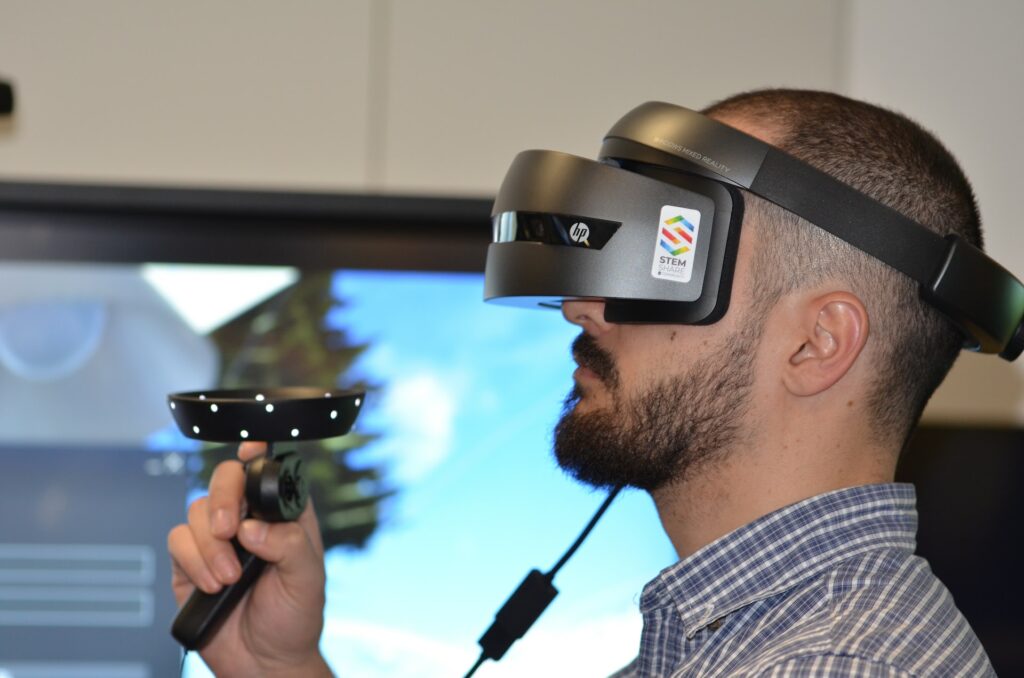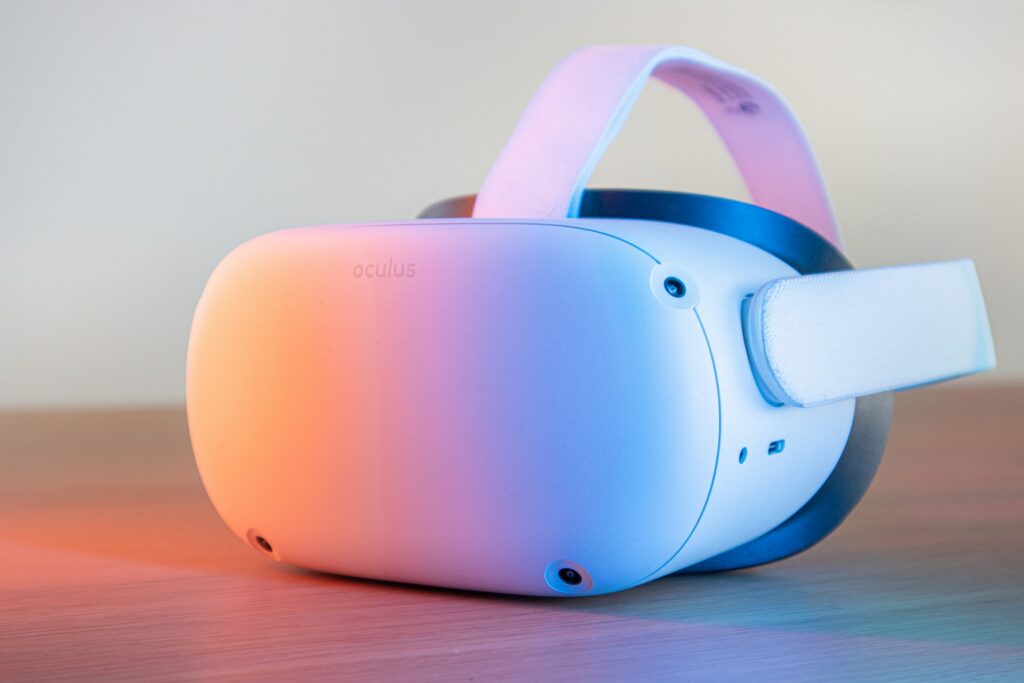Immerse yourself in a world where the lines between reality and digital blur. Virtual Reality (VR) technology is not just a buzzword anymore; it’s a groundbreaking innovation, reshaping our perception of the world. This article delves into the newest advancements in VR, where the future is not just seen, but experienced.
From gaming to professional training, VR is revolutionizing industries, creating immersive experiences like never before. So, hold on tight as we dive deep into the world of VR, exploring its cutting-edge developments. Whether you’re a tech enthusiast or just curious about the future, this is your gateway to understanding the newest trends in VR technology.
Newest Virtual Reality Technology
Keeping pace with advancing VR technology, recent trends demonstrate continued progression in both hardware and software paradigms. Let’s examine these latest VR trends in more detail under the following subheadings.
Advancements in VR Hardware

VR technology has come a long way in terms of hardware capabilities. Standalone VR headsets like the Oculus Quest 2 offer greater accessibility, higher performance, and better mobility compared to their tethered counterparts. These headsets employ powerful on-board processors, similar to those found in contemporary smartphones, eliminating the need for connection to a high-end PC. For enhanced realism, newer hardware includes features like eye tracking. By tracking the user’s gaze, the device can render foreground objects in high resolution while background objects are blurred, mirroring the natural focus of human eyesight.
Other advancements include the introduction of haptic feedback systems. Companies like TeslaSuit and HaptX have developed gloves and suits that allow users to feel virtual interactions. Such technologies offer a full-body haptic feedback experience, making virtual reality seem all the more real.
Software Innovations Reshaping VR

Moving beyond games and entertainment, software innovation in VR provides lasting impacts on various industries. In healthcare, VR applications such as surgery simulations and therapy modules have enhanced training and treatment procedures, respectively. Education also benefits, with virtual field trips and interactive learning experiences transforming traditional teaching methods.
Artificial Intelligence (AI) and machine learning integration are becoming prominent in the VR domain, creating virtual assistants that can understand and respond in real-time. Companies like Microsoft and IBM have already revealed VR systems integrated with their AI platforms, offering a more interactive and immersive VR experience.
Adapting to the Future of Virtual Reality
The future of VR (Virtual Reality) signals a paradigm shift in how humans interact with digital environments. Navigating this foreseen era involves embracing opportunities while surmounting emerging challenges.
Adopting the Newest Tech: Opportunities and Challenges

Unprecedented advantages are unlocked with adopting cutting-edge VR technology. Foremost, unparalleled immersive experiences are enabled, visualizing data and simulations in three dimensions – educational institutions can make lessons interactive, industries can conduct risk-free training, and entertainment sectors can provide customers with heightened experiences. For instance, TeslaSuit’s haptic feedback system offers realistic simulations, facilitating the training of astronauts without leaving Earth.
The Next Big Things in Virtual Reality
Taking off from the launchpad of present successes, the future of VR promises exciting new developments. Standalone VR headsets aspire to increase inclusivity, striving to offer superior features without relying on the external hardware. Oculus Quest 2 and HTC Vive Pro 2 exemplify this trend, boasting high resolutions, impressive refresh rates, and design modifications, all without requiring a PC connection.
The Advancements

The journey of VR technology has been remarkable. It’s evolved from a mere concept to a tool that’s transforming industries, offering immersive experiences like never before. The latest advancements in VR, including standalone headsets and interaction technologies, are pushing the boundaries of what’s possible. However, the road to the future isn’t without challenges. High costs and limited quality content are hurdles that need to be tackled. As we move forward, it’s clear that VR technology holds immense potential. It’s a delicate dance of leveraging opportunities while resolving obstacles. But with continued innovation and commitment, the future of VR is bright, promising a reality that’s redefined and more immersive than ever.



